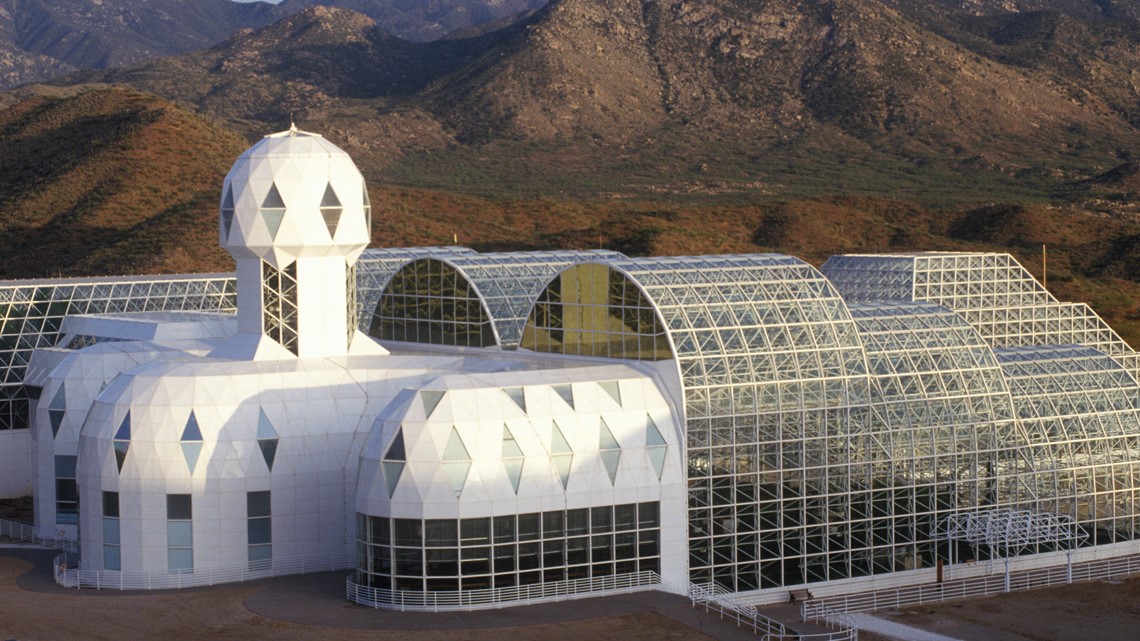The small fish are expected to thrive inside Biosphere 2 and establish a new, local population, according to researchers.
ORACLE, Ariz. — A rare and resilient desert fish is about to get a new home inside one of Arizona’s most unique research facilities.
A group of endangered Sonoyta pupfish will be released Friday into a newly built stream environment inside the Desert Biome habitat at the University of Arizona’s Biosphere 2. The small, silvery fish, which once swam freely across desert springs and streams, now survives in just one natural population — Quitobaquito Springs in the southwestern portion of the Organ Pipe Cactus National Monument near the U.S.-Mexico border.
The release is part of a Safe Harbor agreement between the U.S. Fish and Wildlife Service, the Arizona Game and Fish Department, and Biosphere 2, creating a protected refuge for the critically endangered species.
The Arizona Game and Fish Department will collect between 150 and 300 individual fish from one or more “safe haven” locations in Arizona before transporting them to Biosphere 2.
According to a U of A news release, researchers expect the fish to thrive inside Biosphere 2 and establish a new, local population.
The University of Arizona assumed ownership of Biosphere 2 in July 2011.
Space Biospheres Ventures bought the property in 1984 and began construction of the current facility in 1986 to research and develop self-sustaining space-colonization technology. Two missions, between 1991 and 1994, sealed Biospherians inside the glass enclosure to measure survivability.
“Biosphere 2” derives from the idea that it is modeled on Earth, Biosphere 1
The facility is open to the public for tours and more than 3 million people have visited since 1991. Biosphere 2 is open every day (except Thanksgiving and Christmas) from 9 a.m. – 4 p.m.

